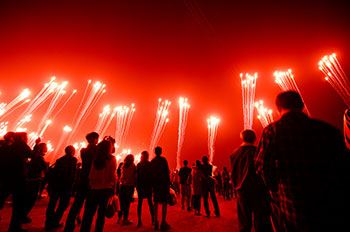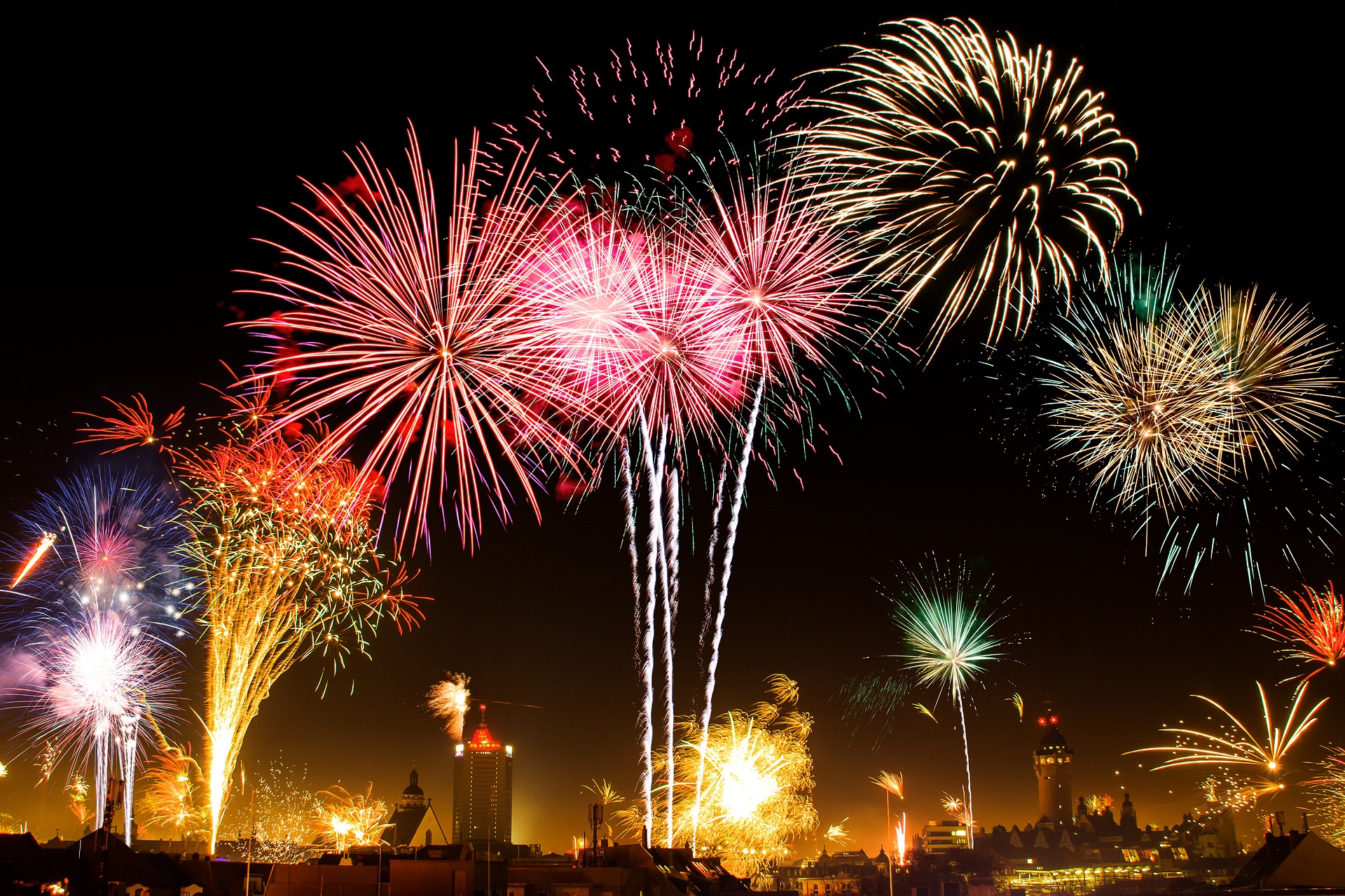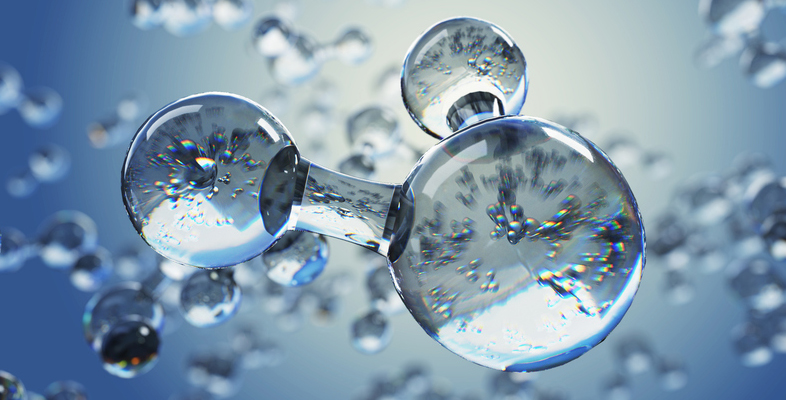 During autumn it is common to see beautiful fireworks in the night sky but have you ever wondered when they were developed and about the science behind how they entertain us?
During autumn it is common to see beautiful fireworks in the night sky but have you ever wondered when they were developed and about the science behind how they entertain us? You will realise that there are many types of fireworks including bangers, rockets, and sparklers. Each type of firework has a slightly different design and ingredients although they tend to use some similar chemistry during their function.
A key ingredient is the basic blackpowder (later known as gunpowder) mixture that was originally discovered by 8th century Chinese alchemists. In fact blackpowder has been used as a major constituent of fireworks since the early firecrackers made by the Chinese in about AD1000. The English monk Roger Bacon introduced blackpowder to Europe in the 13th century. This explosive material consists of sulfur and charcoal (a fuel), mixed with potassium nitrate (an oxidizer).
A simple ‘banger’ comprises the blue touchpaper that is impregnated with potassium nitrate, which smoulders when lit. This reaches a sulfurless priming powder, which is a mixture of potassium nitrate and charcoal. This then ignites a delay fuse, which burns noisily until the end is reached. Smoke, flame and hot particles are then showered onto the main gunpowder filling. The casing of the banger is designed so that this occurs in a confined space so that as it promptly explodes it does so with a loud bang.
A rocket uses much of the same chemistry but the rocket casing differs compared to that of a banger in that it has a nose cone to be more aerodynamic and as the gunpowder burns the gases produced are now directed below the rocket to propel it skywards. The gun powder is also tightly packed to both control the rate of burning and further promote the exhaust of gaseous products out from the base of the rocket.
So far we have discussed the explosions in fireworks but what about the bright and varied colours that we see?
The bright silvery sparks that are often seen arise from the burning of either aluminium or titanium contained within the firework mixture. When burning sparklers the orange branching sparks we observe arise from the presence of iron filings.
The other various colours we see arise from various colour producing chemicals for example inorganic salts such as copper chloride for blue, strontium chloride for red, barium chloride for green and sodium chloride for orange.



Rate and Review
Rate this article
Review this article
Log into OpenLearn to leave reviews and join in the conversation.
Article reviews